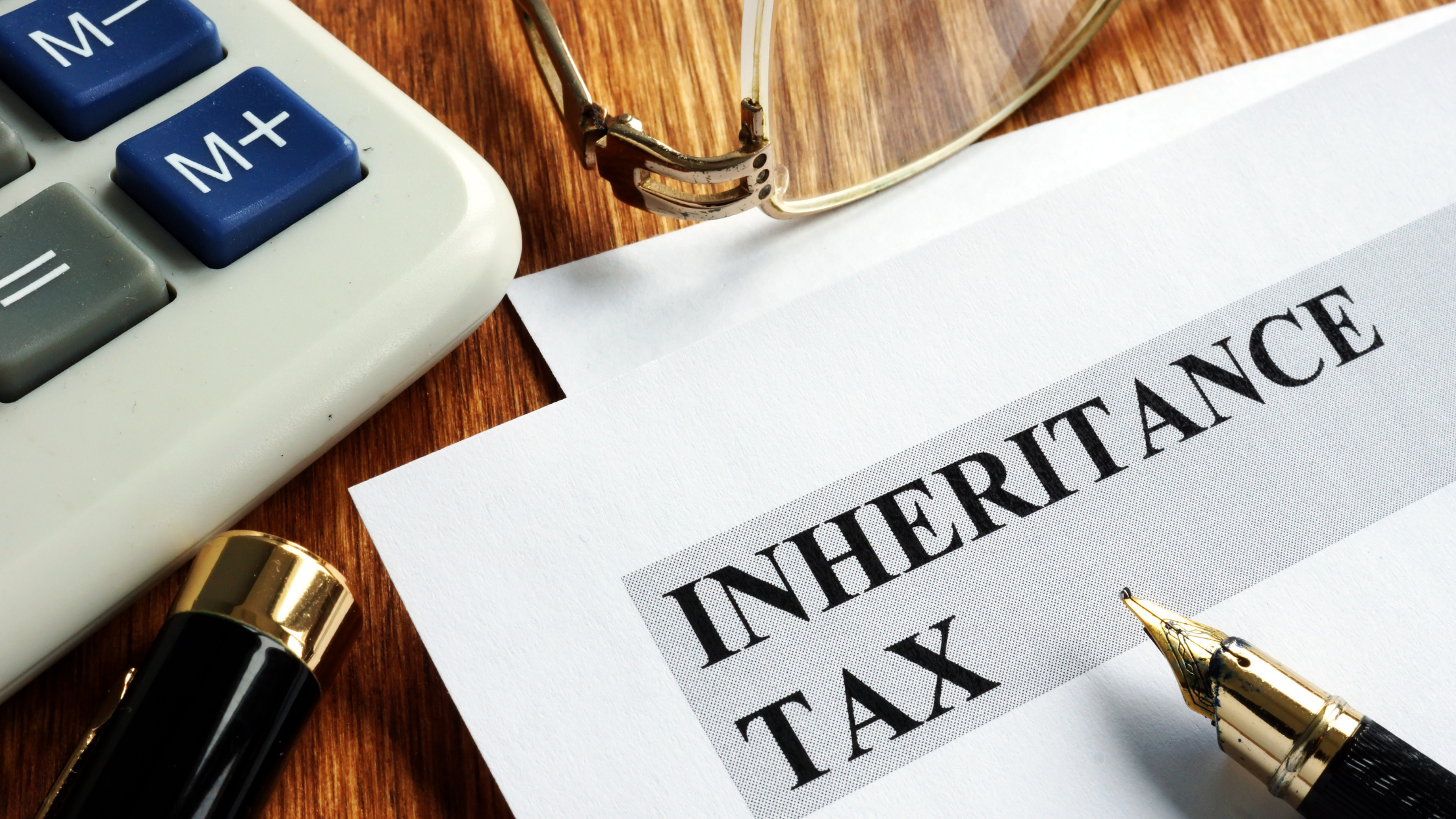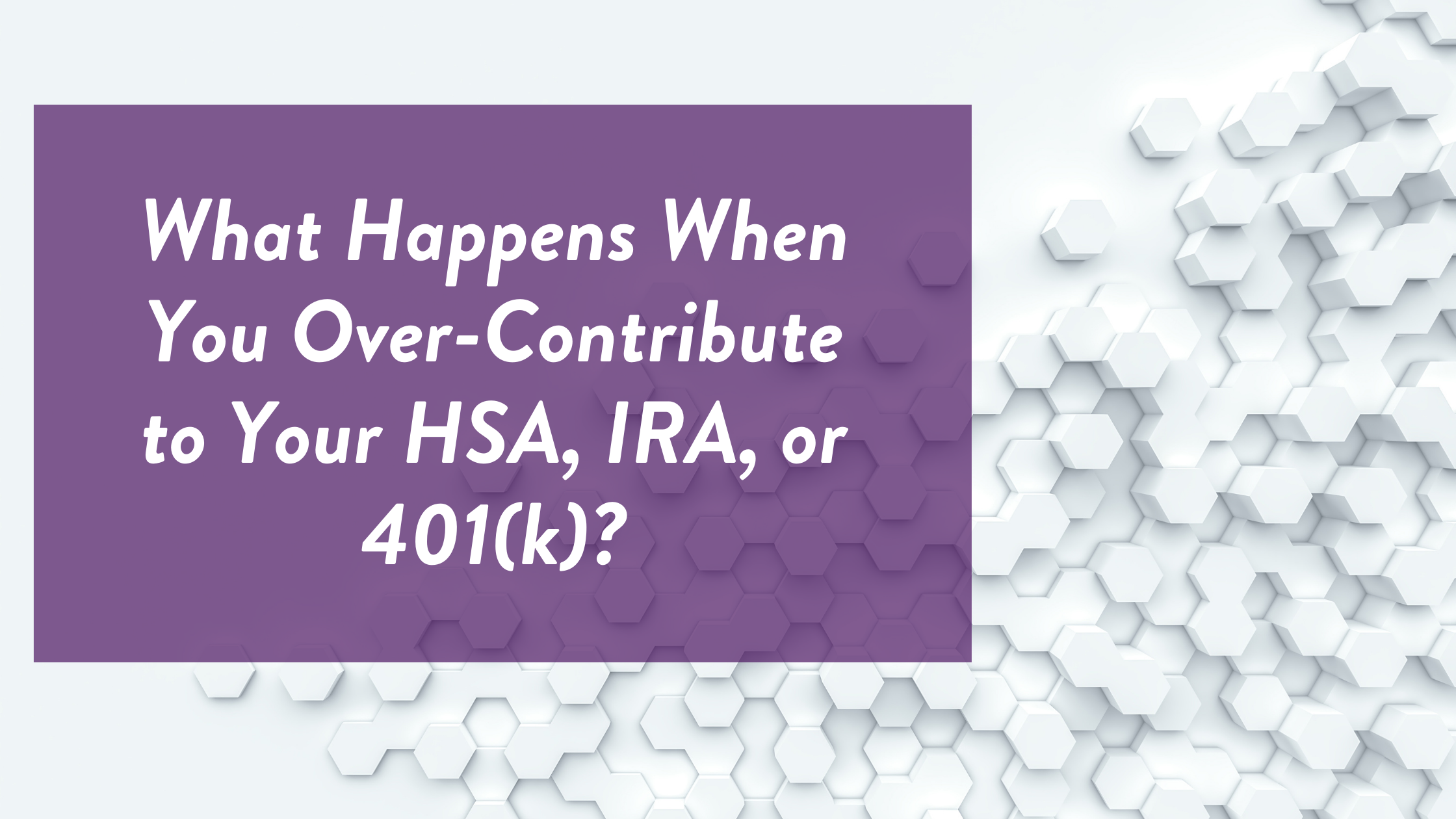
What Pandemic Tax Surprises Should You Be Aware Of?
With the passing of recent coronavirus relief packages came a slew of tax changes that could affect your 2020 tax return. Whether these changes impact your taxes for better or worse, you should be aware of them so there are no surprises come tax time.
PPP Loan
If you received a Paycheck Protection Program loan this year, you should know that the expenses you pay with the loan may not be tax deductible, even if they normally would be. Part of this loan is eligible for forgiveness, which is wonderful, but it makes things tricky: The forgiven amount will not be considered taxable income, so any expenses paid with it won’t be deductible. This is because the rules state that if income isn’t taxable, then the deductions against it aren’t deductible — it would be like double-dipping.
This small detail could mean a big difference for many business owners when tax time rolls around. Things could still change — there have been rumblings about it in Congress — but it’s a good idea to be prepared in case they don’t.
EIDL Advance
The Economic Injury Disaster Loan (EIDL) is a loan option available from the SBA to help businesses with financial hardship due to COVID-19. If you received a loan this year, rest easy — the loan itself won’t have any special effect on your taxes. But an EIDL advance could.
The EIDL advance is technically a grant for small businesses of up to $10,000. Since it’s a grant, it doesn’t need to be repaid like the EIDL loan, and will likely be considered taxable income (the IRS hasn’t confirmed this yet, but similar grants have been considered taxable income in the past). If that is the case, however, you’ll be able to deduct any expenses paid with the grant money.
Employee Retention Credit
The Employee Retention Credit is available to businesses with fewer than 500 employees who had to suspend or partially suspend their businesses due to a COVID-19-related government order, or who experienced a 50% decline in gross receipts compared to the same quarter last year. A major perk of this credit is that you don’t have to wait until the end of the year to receive it — you can claim it on your quarterly form 941.
Note: if you received a PPP loan, you are not eligible for the employee retention credit.
Payroll Tax Deferral Relief
This year, businesses are allowed to defer payment of the 6.2% employer portion of the Social Security tax component of FICA owed on the first $137,700 of an employee’s wages from March 27th through December 31st of this year. The deferred tax amount must be paid as follows: half by 12/31/21, and the remaining half by 12/31/22. This deferral is available to all employers with no requirement to show COVID-19-related impact.
If you are self-employed, you can defer half of your liability for the 12.4% Social Security portion of the self-employment tax for the same deferral period and with the same repayment due dates.
Note: if you received a PPP loan, you are not eligible for the payroll tax deferral.
Emergency Retirement Account Distributions
In 2020 you can withdraw up to $100,000 from various retirement accounts to cover pandemic-related emergency expenses without incurring the usual penalties for early withdrawal. However, be aware that the withdrawal amounts will be subject to income tax. Tax payments can be spread out over three years instead of paying them all at once, and if you pay the funds back to the plan within three years, it will be considered a rollover and therefore non-taxable. It’s a good idea to ask for a tax review before withdrawing money from your retirement account so you know what to expect and can begin saving in preparation for tax time.
Retroactive Tax Relief
Some of the tax relief measures put in place this year are retroactive. For instance, the act loosens net operating loss (NOL) deduction rules, allowing NOLs that arise in 2018-2020 to be carried back five years. This allows you to claim refunds for taxes paid in those years.
Additionally, the CARES Act included two changes to the 2017 Tax Cuts and Jobs Act (TCJA). First, faster depreciation is allowed for real estate qualified improvement property (QIP) put in service after the date the building was first put in service. This allows you to claim 100% first-year bonus depreciation for QIP placed in service in 2018-2022. Alternatively, you can choose to depreciate applicable QIP over the next 15 years using the straight-line method. Secondly, the CARES Act suspended the excess business loss disallowance rule for losses in tax years beginning in 2018-2020.
Amending your 2018 or 2019 returns to claim the bonus QIP depreciation or apply the excess business loss rule could result in a NOL that can be carried back to a prior year, and the potential to recover taxes paid that year.
Charitable Contributions
The CARES Act also allows for a $300 above-the-line deduction for charitable contributions (cash only) if you take the standard deduction on your taxes. And if you itemize, the cash contribution limitation of 60% of adjusted gross income (AGI) will be lifted.
Note: contributions to donor advised funds and supporting organizations do not qualify for this change.
Stimulus Payments
As we have mentioned before, the stimulus payment you received this spring will not be considered taxable income – it is an advance refundable tax credit on your 2020 taxes. The payment was based on either your 2018 or 2019 AGI, but technically applies to your 2020 AGI, so there is a potential for a discrepancy when you go to file your taxes. However, if your 2018/2019 AGI is lower than 2020, resulting in a higher payment, you can keep the overage; if the opposite is true, you can claim the additional amount owed when you file your 2020 taxes.
Not New in 2020, But Possibly New to You?
These items are not new changes for 2020, but they could be new to you if this is the first year you’ve utilized the following:
● Unemployment Benefits: Unemployment income is taxable income, so is subject to federal, and, in most cases, state income tax (but not Medicare or Social Security). Also, it’s possible that the taxes withheld from your unemployment check won’t be enough to cover what you owe, so it’s a good idea to save for tax time or contact your state unemployment office to request that the withholding be revised.
● Social Security Income: The federal government taxes up to 85% of Social Security benefits if your combined income (AGI + nontaxable interest + half of your Social Security benefits) is above $34,000 for individual filers, or $44,000 for married filers. You may also be responsible for state taxes on these benefits. You
can request that federal taxes are withheld from your social security checks, but not state taxes — for those you should consider making quarterly tax payments.
● Barter Income: It’s one thing to trade small tasks or items with your neighbors, but when those trades are higher in value they could become taxable income — such as trading legal advice for accounting help, or website design for real estate commission, for instance. In the case of a larger trade like this, you will need to report the market value of the work or advice you received on Schedule C of your 2020 tax return.
This is not an exhaustive list of the tax changes for this year, but it is a good snapshot of the changes that are most likely to affect you. If you need help or advice regarding any of these changes or other tax questions, Wood CPA is here to help. Contact us today to see how we can help with accounting services, small business bookkeeping, tax preparation services and more!








